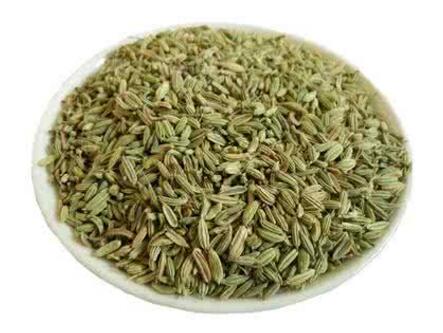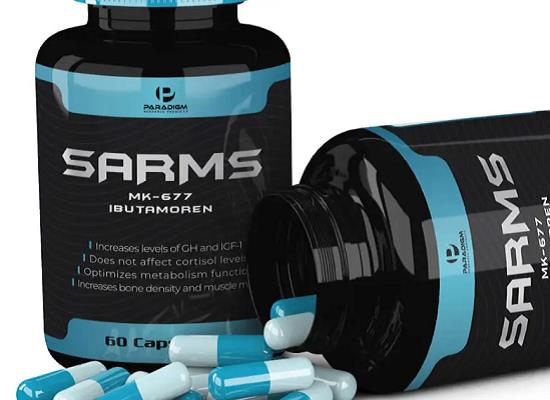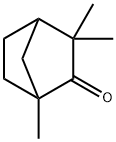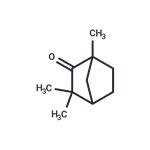Uses and side effect of Fenchone
Sep 15,2023
Description
Fenchone, also known as 1,3,3-Trimethylbicyclo[2.2.1]heptan-2-one, is the most abundant compound present in Foeniculum vulgare oil. It is a bicyclic monoterpene present in the essential oils of various plants, including Foeniculum vulgare and Peumus boldus. Its molecular formula is C10H16O. It is a colorless oily liquid and has a structure and an odor similar to those of camphor. Camphor is likewise in part converted to fenchone in sulfuric acid[1].

Uses
Fenchone has anti-inflammatory, antioxidant, wound-healing, antidiarrheal, antifungal, antinociceptive, and bronchodilator activities. Therefore, it is commonly used in the treatment of diseases. The study found that fenchone had a significant effect on the biofilm-forming abilities, which is able to significantly reduce the production of biofilms in E. coli, Pseudomonas aeruginosa, and Candida albicans[2]. Based on the antibacterial, anticandidal, and antibiofilm potential of fenchone, it is expected to be developed as an antimicrobial drug. Fenchone could also be used in the management of airway disorders. It showed a spasmolytic effect in isolated trachea mediated predominantly by K+ channel activation followed by dual inhibition of PDE and Ca2+ channels[2]. Fenchone has a potent anti-inflammatory effect by inhibiting pro-inflammatory markers and thus may have therapeutic potential for chronic joint inflammation as well as chronic inflammatory. It also excels in the treatment of GIT disorders[3].
Toxicity studies
As a substance with a variety of pharmacological activities, its toxicity is also a hot spot for everyone. After evaluating acute toxicity, the result showed that the LD50 of fenchone is greater than 2,000 mg/kg, no mortality or signs of toxicity were reported, and it has a remarkable diuretic potential comparable to furosemide. Oral treatment with fenchone resulted in increased excretion of sodium and potassium in the urine, along with increases in the Na+/K+ ratio, diuretic index, Lipschitz value, and saluretic index[4]. Therefore, fenchone is safe and has a significant diuretic effect.
References
[1] Raymond P, et al. The Mechanism of the Rearrangement of Fenchone. Journal of the American Chemical Society, 1962; 84: 3715–3721.
[2] Ahmad W, et al. High electron mobility triazine for lower driving voltage and higher efficiency organic light emitting device. Plants, 2022; 11: 2395.
[3] Nawaz S, et al. Attenuation of CFA-induced chronic inflammation by a bicyclic monoterpene fenchone targeting inducible nitric oxide, prostaglandins, C-reactive protein and urea. Inflammopharmacology, 2023.
[4] Rehman N, et al. In Silico and Ex Vivo Studies on the Spasmolytic Activities of Fenchone Using Isolated Guinea Pig Trachea. Molecules, 2022; 27: 1360.
- Related articles
- Related Qustion
- Fenchone: Natural Occurrence, Metabolism and Bioactivity Nov 20, 2024
Fenchone, derived from sweet fennel oil, is a versatile compound. Its metabolism involves liver enzymes and it possesses antioxidant, antimicrobial, and cytotoxic properties.






